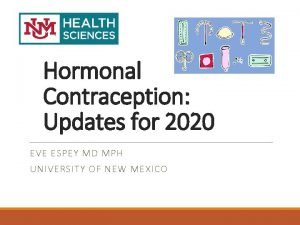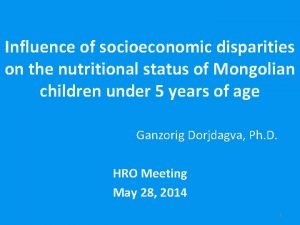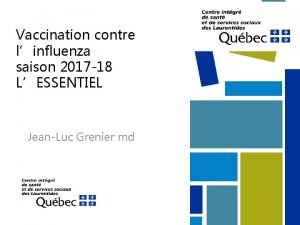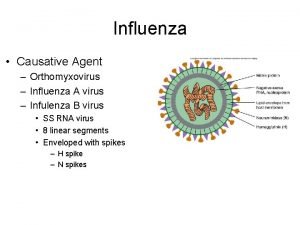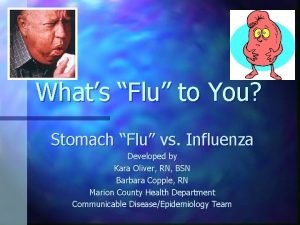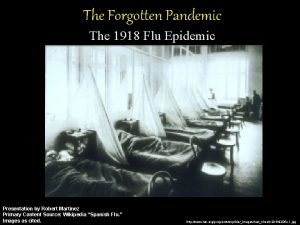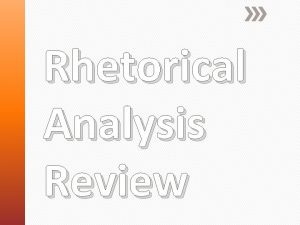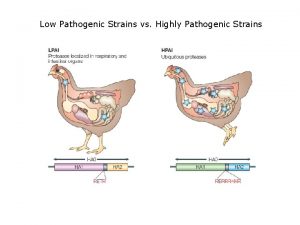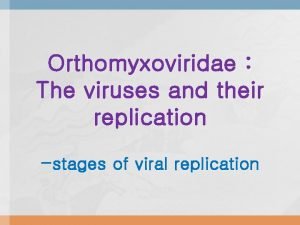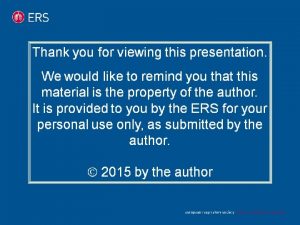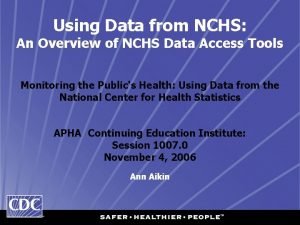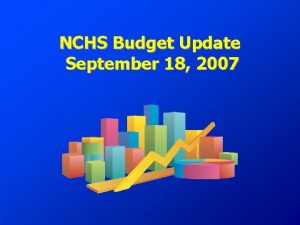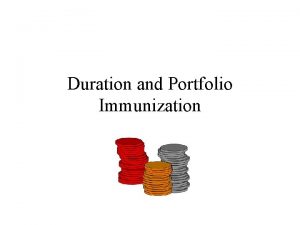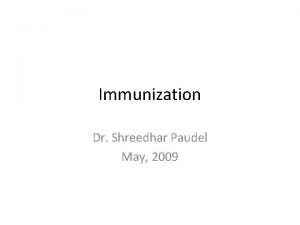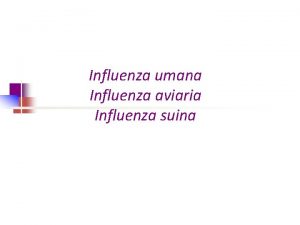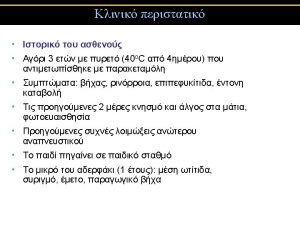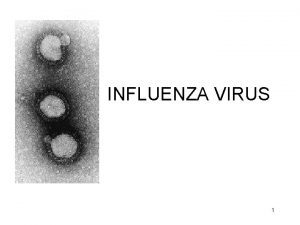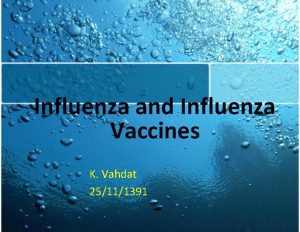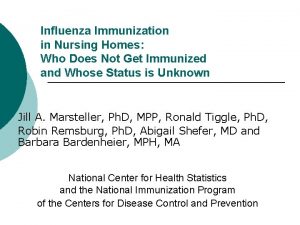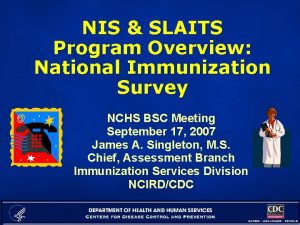NCHS July 11 2006 Influenza Immunization in Nursing





![Dependent Variable ¡ ¡ ¡ “During the past 12 months, has [the resident] had Dependent Variable ¡ ¡ ¡ “During the past 12 months, has [the resident] had](https://slidetodoc.com/presentation_image_h2/ff205155a97f71f9cd9c69e7fe64d24f/image-6.jpg)






- Slides: 12

NCHS July 11, 2006

Influenza Immunization in Nursing Homes: Who Does Not Get Immunized and Whose Status is Unknown Jill A. Marsteller, Ph. D, MPP, Ronald Tiggle, Ph. D, Robin Remsburg, Ph. D, Abigail Shefer, MD and Barbara Bardenheier, MPH, MA National Center for Health Statistics and the National Immunization Program of the Centers for Disease Control and Prevention NCHS July 11, 2006

Context Some 32, 400 influenza-related deaths among those >65 annually between 1990 and 1999 ¡ Particular risk for exposure in nursing homes But… ¡ Fifteen percent of nursing home residents were unimmunized for influenza in 1999 ¡ Nineteen percent had unknown immunization status ¡ NCHS July 11, 2006

Objectives To analyze, in a nationally representative sample (the NNHS) ¡ … both the resident AND facility characteristics associated with ¡ … not receiving influenza immunization ¡ … AND with unknown influenza immunization status ¡ NCHS July 11, 2006

Methods Influenza immunization among nursing home residents >65 from the 1999 National Nursing Home Survey ¡ 7, 194 residents living in 1, 423 facilities ¡ Multinomial logistic regression ¡ l l l Three-level outcome ‘Received immunization’ is referent group Used SAS and SUDAAN NCHS July 11, 2006
![Dependent Variable During the past 12 months has the resident had Dependent Variable ¡ ¡ ¡ “During the past 12 months, has [the resident] had](https://slidetodoc.com/presentation_image_h2/ff205155a97f71f9cd9c69e7fe64d24f/image-6.jpg)
Dependent Variable ¡ ¡ ¡ “During the past 12 months, has [the resident] had an influenza vaccination at this facility or any other location? ” The measure has three response categories: “yes, ” “no, ” or “unknown. ” Facility staff check all relevant records when responding A survey response of unknown is marked l l if there is no evidence in any records of the resident’s immunization status if the record states that status is unknown NCHS July 11, 2006

Independent Variables ¡ Resident characteristics l l l ¡ Facility characteristics l pneumococcal immunization age length of nursing home stay primary payment source level of care high-risk diagnosis l l l l l number of beds Medicare/Medicaid certification ownership membership in a chain metropolitan statistical area geographic region assesses immunization status upon admission organized immunization program records immunization status in the medical record requires staff to be immunized NCHS July 11, 2006

Significant Variables for No Immunization v. Yes Characteristics Referent Age >85 Level of Care Skilled ORs (95% CI) 65 -74 1. 37 (1. 09 -1. 73)* 75 -84 1. 16 (0. 98 -1. 37) Residential 2. 33 (1. 54 -3. 53)* Intermediate 1. 07 (0. 87 -1. 32) Length of Stay >6 months <6 months 3. 59 (3. 01 -4. 30)* Pneumococcal Immunization Yes No 8. 24 (6. 50 -10. 44)* Unknown 3. 16 (2. 46 -4. 07)* Certification Both Medicare & Medicaid Medicare-only 0. 79 (0. 39 -1. 62) Screens for immunization at admission Medicaid-only 0. 53 (0. 36 -0. 77)* Non-certified 0. 56 (0. 28 -1. 11) Yes No 1. 40 (1. 10 -1. 78)* Organized vaccination program Yes No 0. 45 (0. 22 -0. 92)* Records immunization status in medical Yes No 1. 90 (1. 01 -3. 58)* Controlling for: chain, MSA/non-MSA, ownership, region, staff vaccinations, bedsize, primary record payment source, race, high risk diagnosis, and eating assistance NCHS July 11, 2006

Significant Variables for UK Immunization v. Yes Characteristics Referent Length of Stay >6 months <6 months 4. 38 (3. 63 -5. 28)* Eating Assistance Yes No 1. 25 (1. 06 -1. 48)* Pneumococcal Immunization Yes No 0. 83 (0. 53 -1. 31) Unknown 18. 87 (14. 4324. 69)* Medicare 1. 55 (1. 18 -2. 03)* Private Insur. 1. 54 (1. 11 -2. 13)* Own funds 1. 11 (0. 87 -1. 42) All other 1. 41 (0. 82 -2. 44) Medicareonly 0. 68 (0. 33 -1. 42) Medicaidonly 0. 58 (0. 37 -0. 92)* Primary Payment Source Certification Medicaid Both Medicare & Medicaid ORs (95% CI) Non 0. 24 (0. 09 -0. 66)* Controlling for: age, level of care, chain, region, ownership, MSA/non-MSA, staff vaccinations, certified organized immunization program, bedsize, race, high-risk diagnosis NCHS July and 11, 2006 Screens for immunization at admission Yes No 1. 41 (1. 03 -1. 93)*

Unknowns are Different ¡ ¡ Two binary logistic regressions test whether unknowns are distinguishable from other categories (Long, 1997). Yes v. Unknown, Wald F=36. 97, p<0. 0001 l l ¡ Unknowns more likely: length of stay <6 months, unknown pneumonia vaccination, no eating assistance Live in facilities with dual Medicare and Medicaid certification, no screening, no recording No v. Unknown, Wald F=15. 78, p<0. 0001 l l Unknowns less likely residential care, immunized for pneumonia, in facilities with >100 beds Unknowns more likely unknown pneumonia vaccination, Medicare as payment source NCHS July 11, 2006

Discussion ¡ ¡ Both resident and facility characteristics are associated with not being immunized and unknown immunization status Important covariates are pneumococcal immunization status, length of stay, facility certification, screening and recording Notably unimportant are staff vaccination policies and high-risk status of residents Residents with unknown vaccination are statistically different from the immunized and the unimmunized NCHS July 11, 2006

Conclusions ¡ ¡ About 34 percent of residents did not receive immunizations in the last 12 months or had an unknown status Results suggest l l ¡ Targeted education for residents, staff Facility screening for and recording immunization Residents with unknown immunization are l l l Too different from both those who do and do not receive vaccinations to justify lumping categories Should be analyzed separately Current policy of not immunizing unknowns may be appropriate NCHS July 11, 2006

